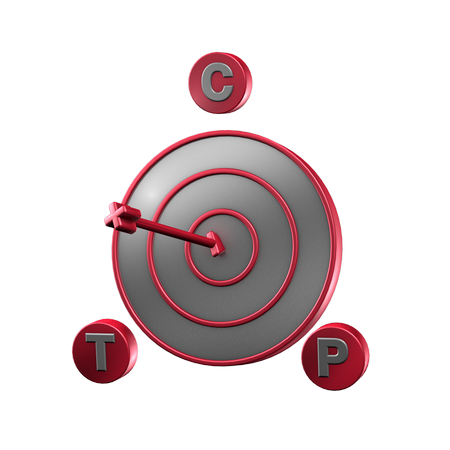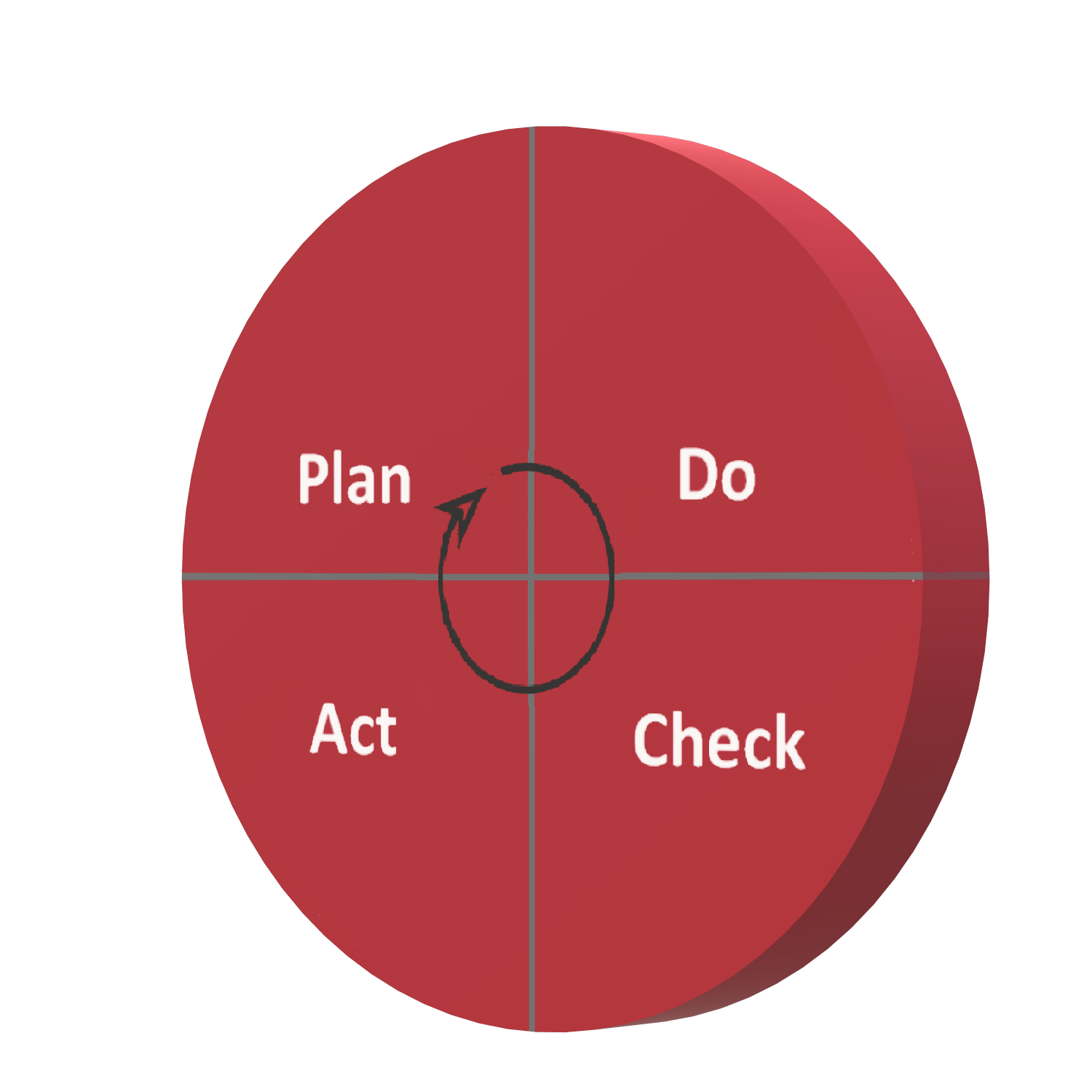Chapter 5 - Project Charter¶
Part 2¶
What are the projects' objectives?¶
Defining project goals: what sounds simple at first is a bit more complicated if you take a closer look. A project manager has to be familiar with methods for analysing the target setting and should know the connection between the project- and company goals. He should be able to analyse the relationships between the project goals and prioritise conflicting goals.
There are four main objectives:
- Quality objectives
This includes the determination of the project deliverable and the quality requirements (design objectives, parameters, ...). The detailed version is later listed in the project-specification. - Time objectives
Here the time framework and, if necessary, specific milestones are listed. This includes either a defined date for start and finish or a given time period for achieving the project goals.
→ These two should be considered
- Cost objectives
Every project has a funder and is somehow limited in the expenses. Therefore, the budget is mostly specified prior to project planning by the client or has to be requested. - Quantitative and qualitative result and process objectives
→ These two must be considered
The main process objective is the satisfaction of key stakeholders.
Which rules for defining objectives should the project manager apply?¶
The variables should be precisely specified. Expressions such as "could" and "ought to" should be avoided. Complex terms such as "user-friendliness" should be broken down into individual components.
Project objectives have to be measurable and verifiable:
- Formulated in a precise, comprehensible and positive way
- Quantified to the greatest possible extent
- Formulated in a solution-neutral way so that they do not rule out potential solutions from the outset
- Examined to ascertain whether they are really necessary
- Formulated individually as separate statements - i.e. as requirements
- Summarised in one document
- Accepted by all stakeholders
Target relationships¶
These main objectives time, cost and quality can be arranged in a so-called magic triangle. Managing the magical triangle balanced is thus the biggest fine art of project managers.

There is no "correct" way to achieve this - project managers need an experience and they have to correct the situation on time by using the right management tools.
Sometimes, these goals are dependent on each other. It is distinguished between:
- Competing goals
- Complementary goals
After identification of the project objectives, it is mandatory to prioritise them. This eliminates unnecessary pressure in the project and provides a better focus on the main goals.
When targets are agreed, the project manager should observe the following eight rules:
- First discuss the targets with all people affected and then jointly define them.
- Formulate objectives in a concise and understandable way.
- Agree, don't dictate - pay attention to the formulation, tone of voice and response of staff.
- Provide staff with psychological support to cope with their new responsibility.
- Make it clear that targets have to be met.
- Encourage staff to voice their opinions.
- Discuss progress with staff regularly.
- Identify reasons, when targets are not met.
The targets that you have identified up to now help you to draft a project charter with the most significant people in the project. It should include the following points:
Project performance objective
Which problem will be solved at the end of your project? What is the reason for your project? What do you have to achieve by the end of the project?
Project time objective
When will the project start and when will the performance objective be achieved? Have you remembered to allow for float time? Define your milestones.
Project cost objective
How much money will have been spent by the end of the project? Does that include contingency funds?
Prioritising objectives
Which objective has priority A: quality, time or cost compliance? Which things have subordinate priority?
Project cost centre
If the project is an internal one, a project cost centre is set up as the basis for reliable cost management (cost budgeting, cost monitoring).
Project release
Now, the customer can release the project, which means that you are able to plan, implement and finalise it.
Deming Cycle¶
In order to control the project quality, continuous monitoring of the project progress and quick adjustments in project planning are important.
A simple but powerful method for project controlling is the so-called Deming Cycle.
It is an iterative method used in business for the control and continuous improvement of processes and products. For a project manager, this method can help, to constantly measure and adjust the project progress.

Plan:
Establish objectives and processes required to deliver the desired results.
Do:
Allows the plan from the previous step to be done.
Check:
The data and results gathered from the "Do phase" are evaluated. This means, that the results are compared to the expected outcomes and checked, if any similarities and differences occurred.
Act:
Also called "Adjust" - this phase is where a process is improved and risks are re-evaluated. After that, planning for the next cycle can proceed.
Continuation…¶
John's head is spinning. Now, he had heard every detail about a project charter and what considerations a project manager must make in this context. There is just one question left. "Why are project objectives and business objectives often linked?" he asks. "That's a good question!" Dr. Rogers replies and continues "it's to detect the interdependencies between different projects and also the strategy underlying the individual projects. But, let's just leave it at that, you want to get some coffee?" John looks at his watch. The time had passed pretty fast, he thinks and nods. "Thank you very much for your valuable advice!"
After the course units with John and the unexpected news about David Bourges, Dr. Rogers is glad to call it a day. He packs his bags and is looking forward to the evening. He will meet his old friend Tom, whom he hasn't seen for a while.
They meet at Carl's favorite Italian restaurant for enjoying delicious pizza with a great glass of wine.
Tom tells Carl some stories of his work as a lawyer and Carl is listening to him interested. After a few minutes Tom asks: "Carl, what about your work? Do you have a new project yet?" "Indeed", Carl answers, "it's a new hay fever medication, but I'm not allowed to go into detail, unfortunately." "Yes, of course, I understand. But I want to give you some advice. Last week we had a big trial. A project manager was charged by his customer - he hadn't delivered the good the customer wanted. The trial was very hard because the project manager haven't attached great importance on contract administration, so we haven't had a good defense base. Just be smarter as my client and don't forget the project contract!"